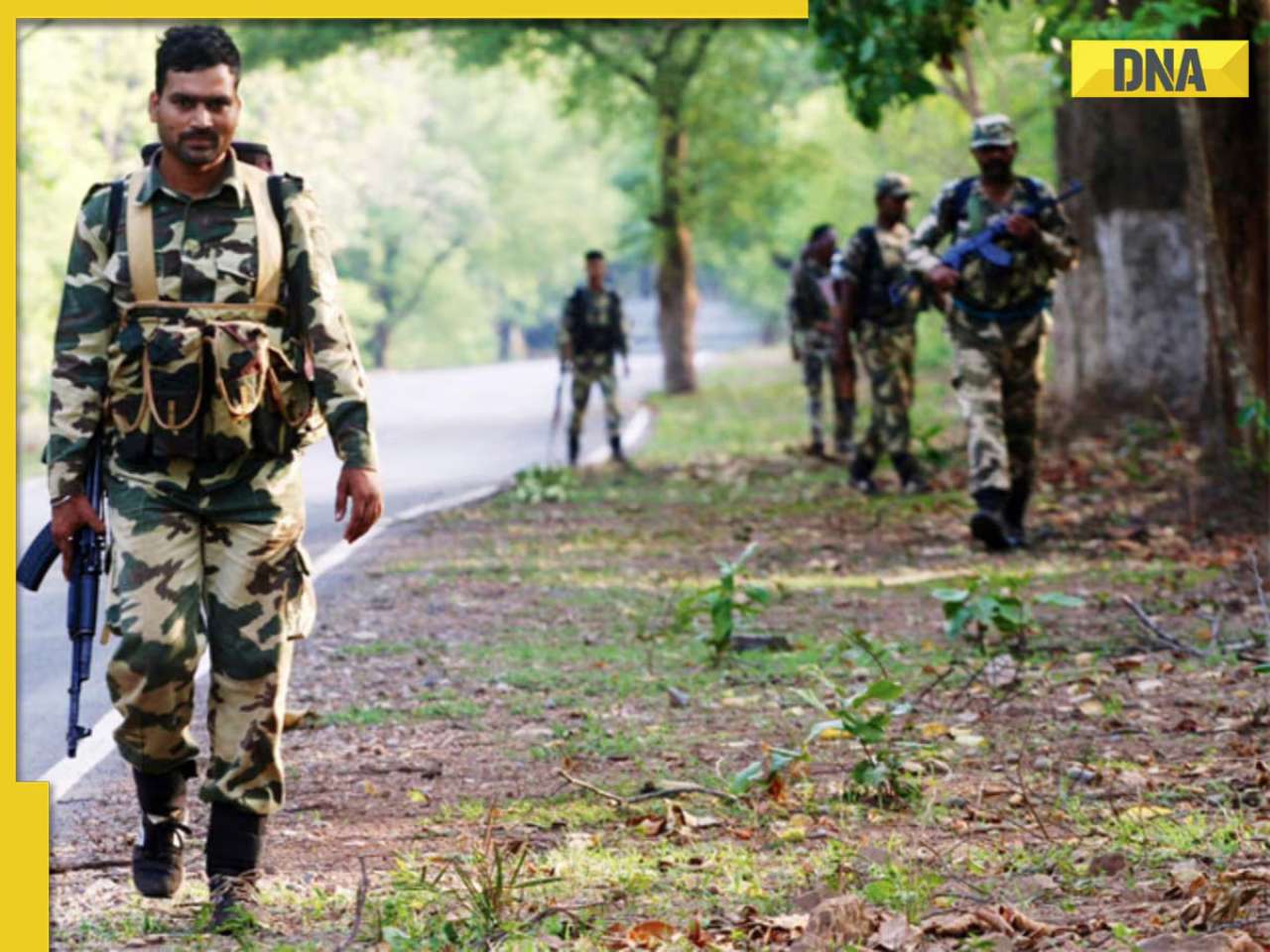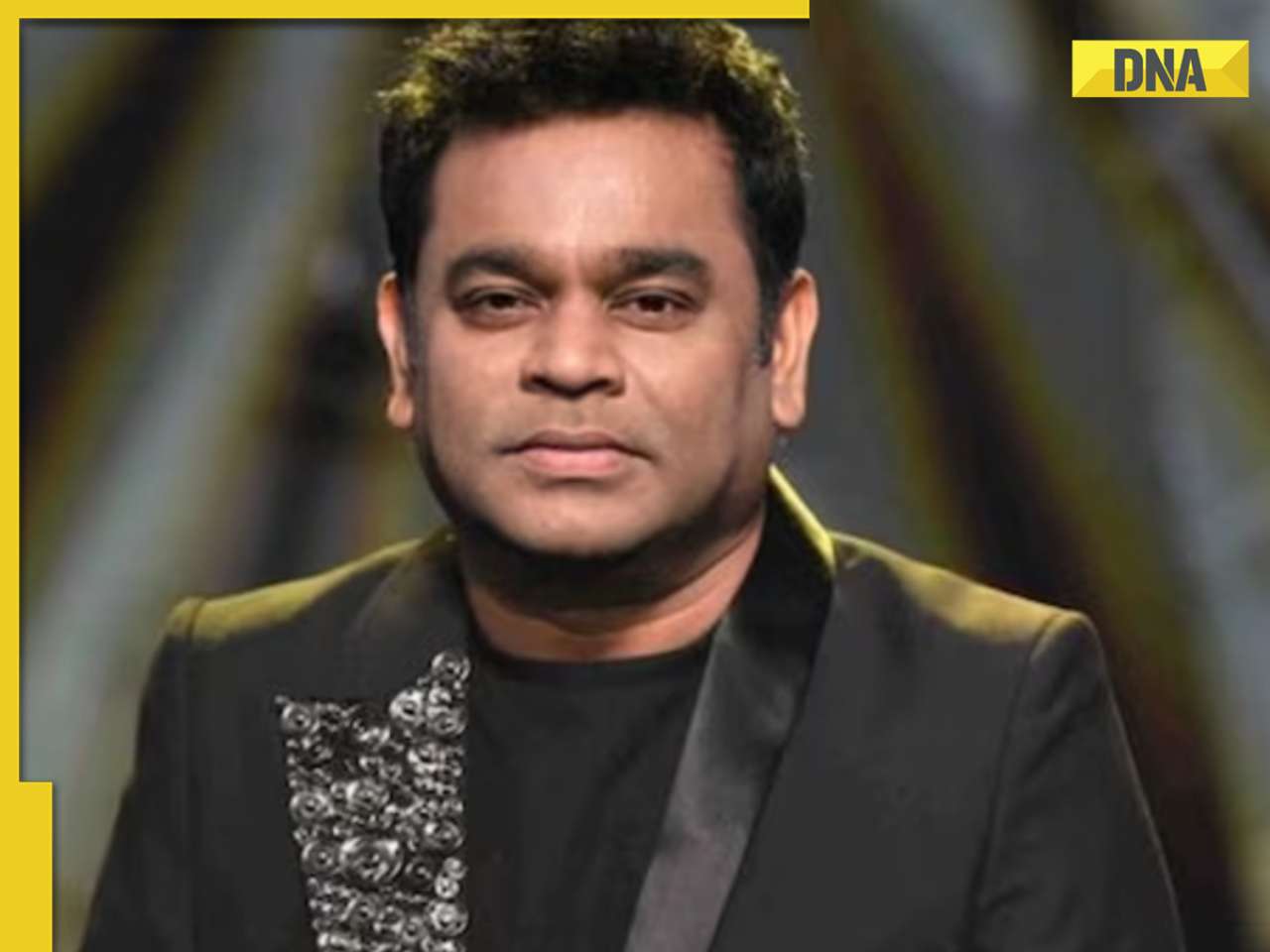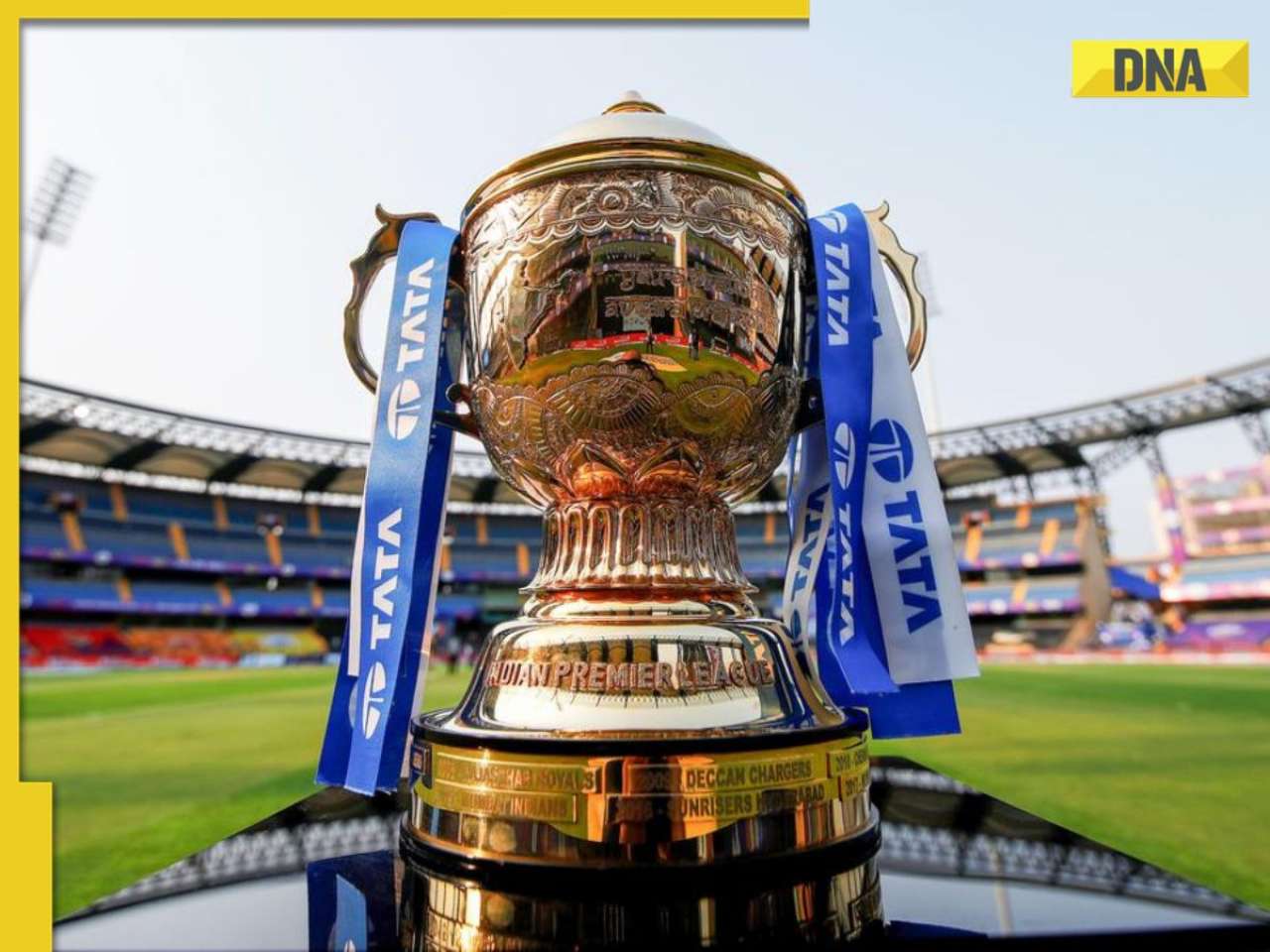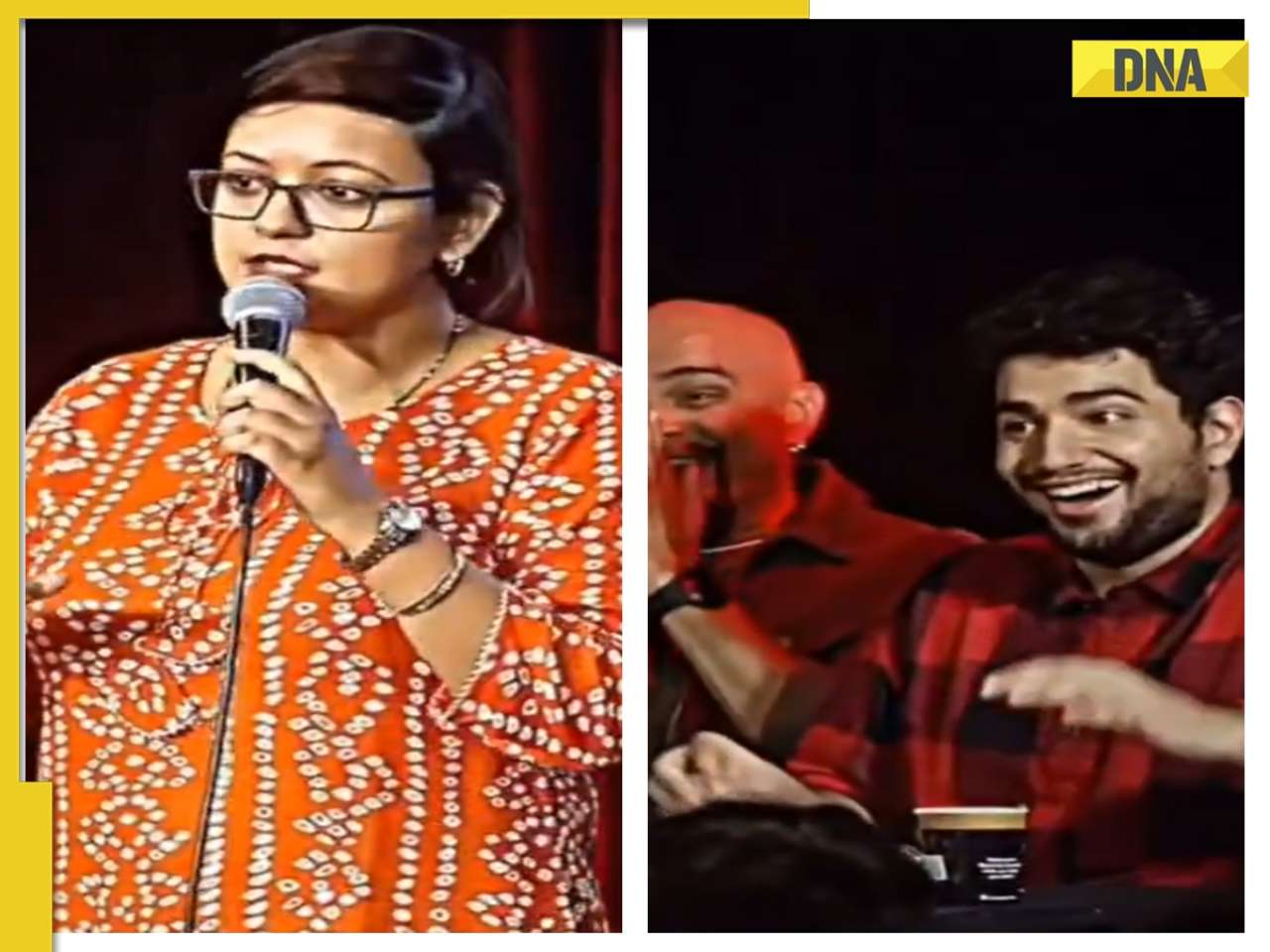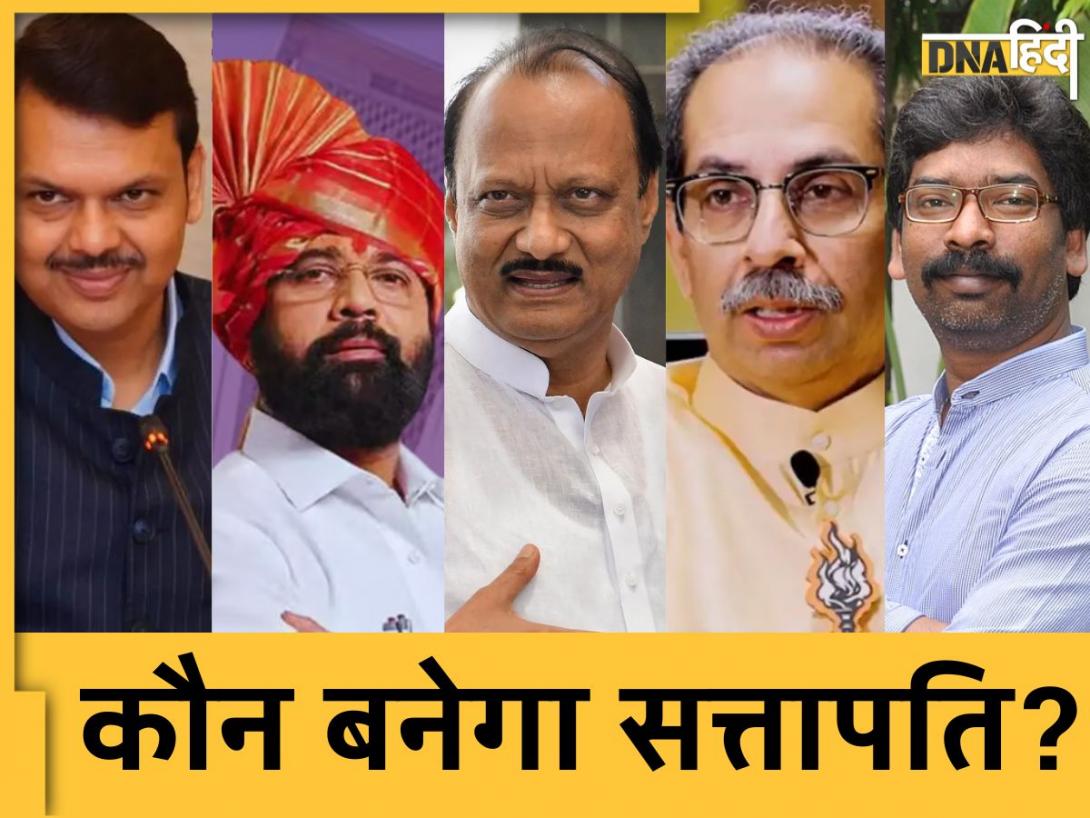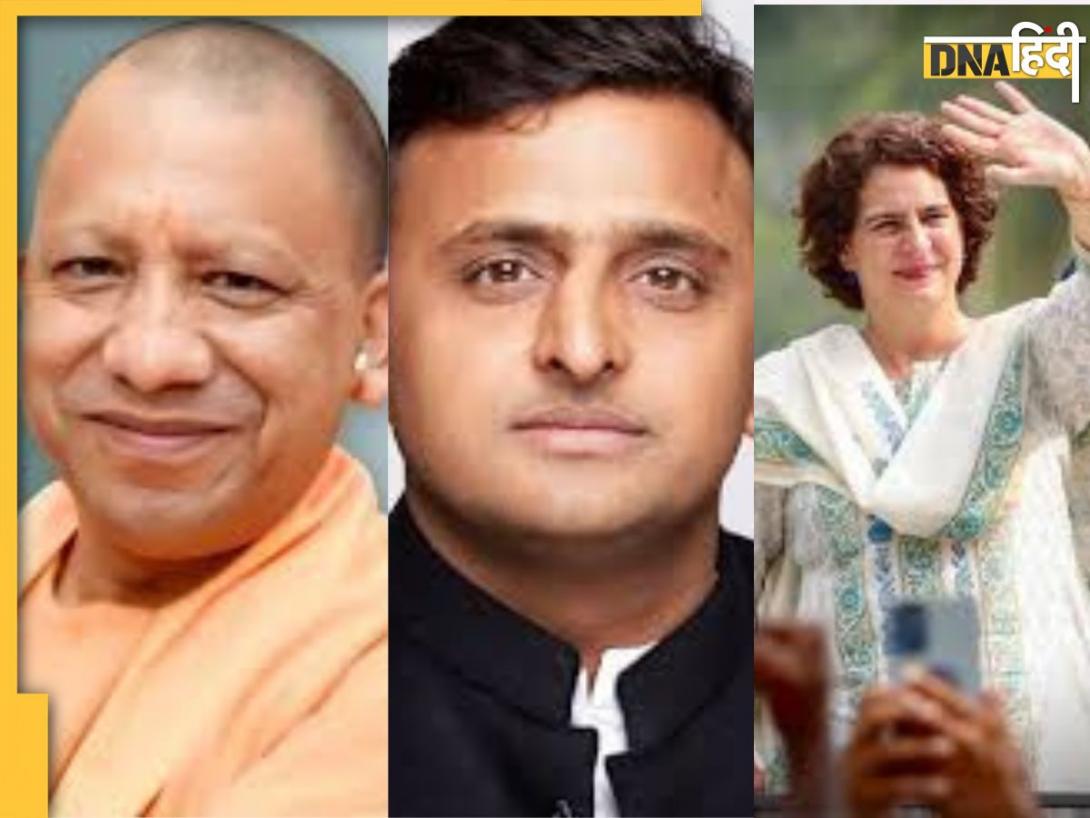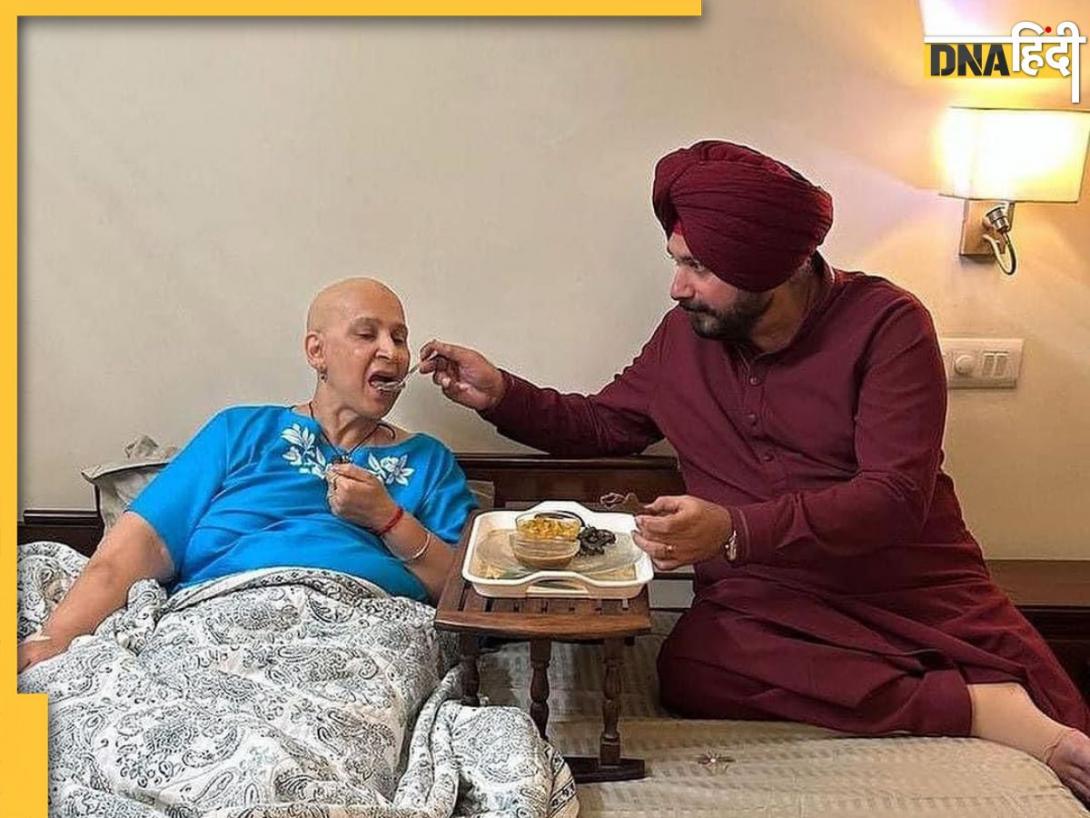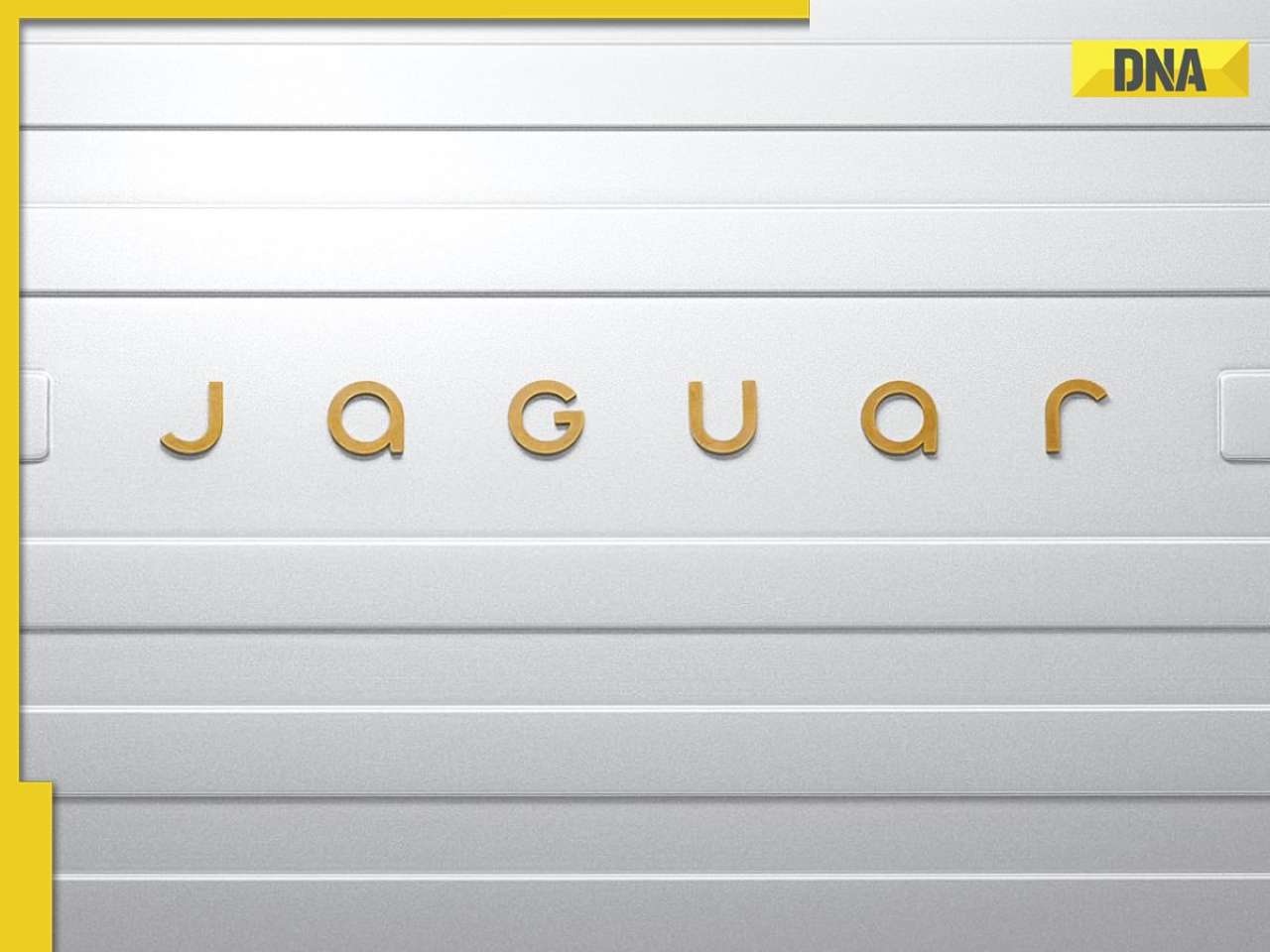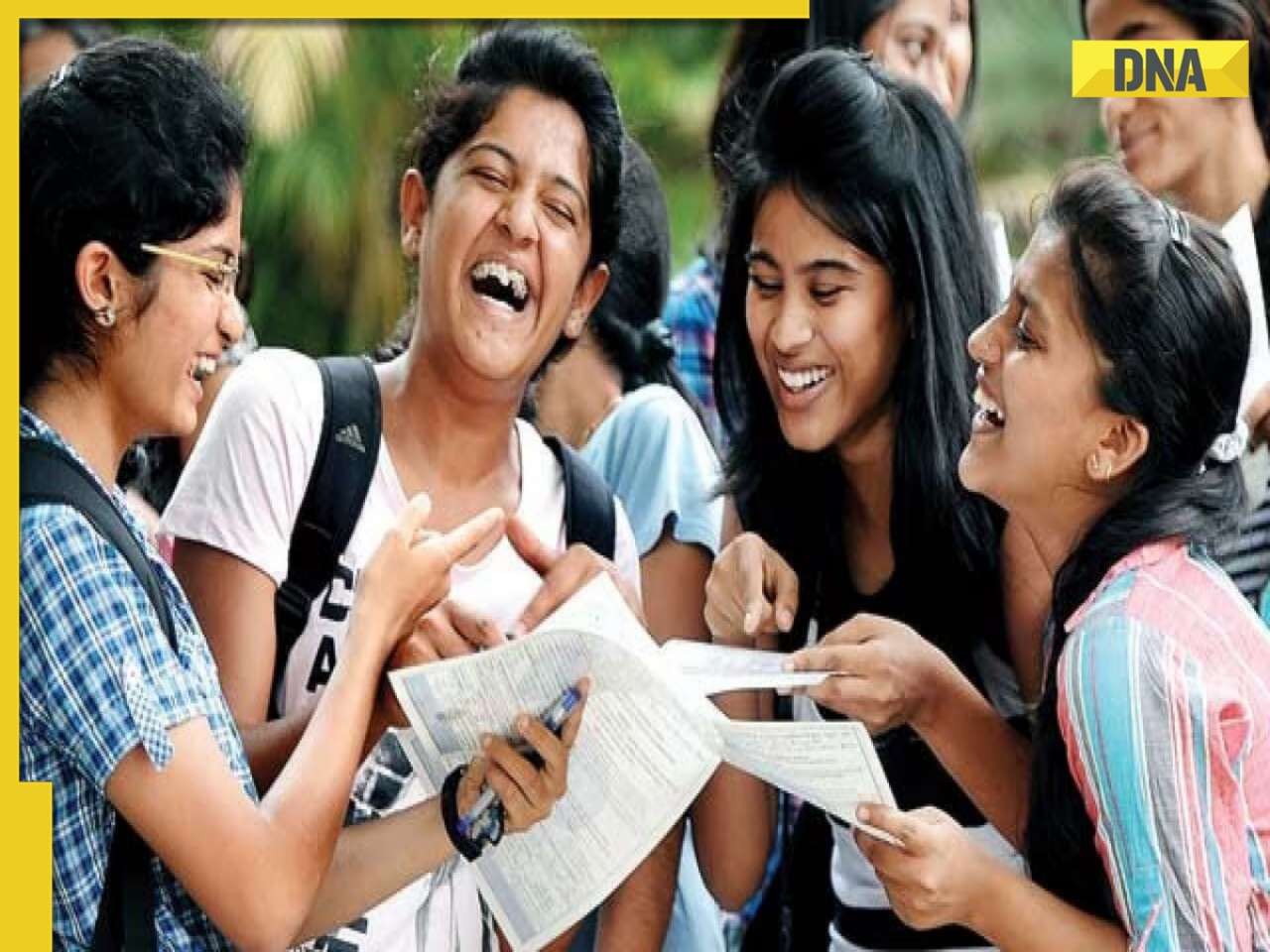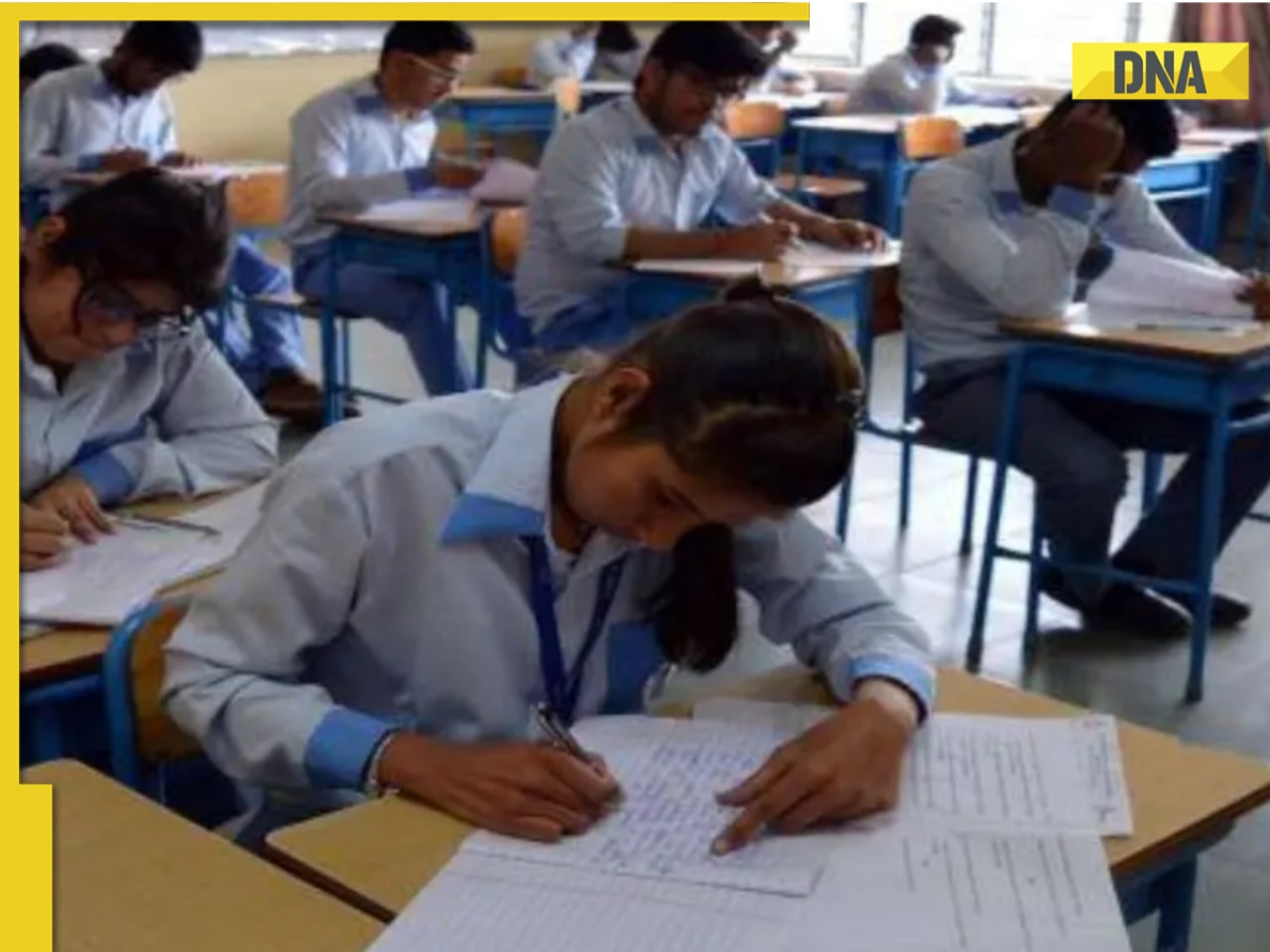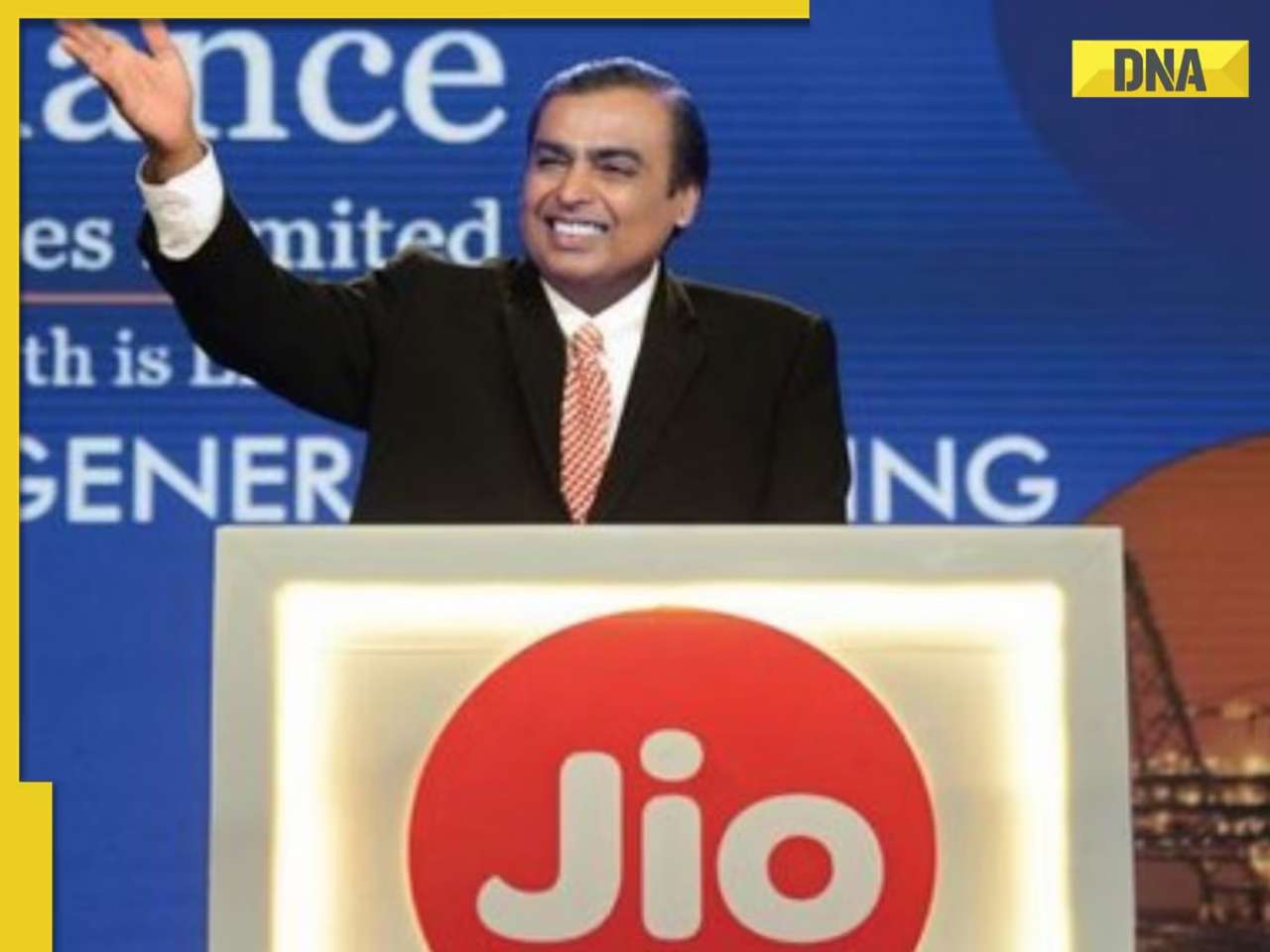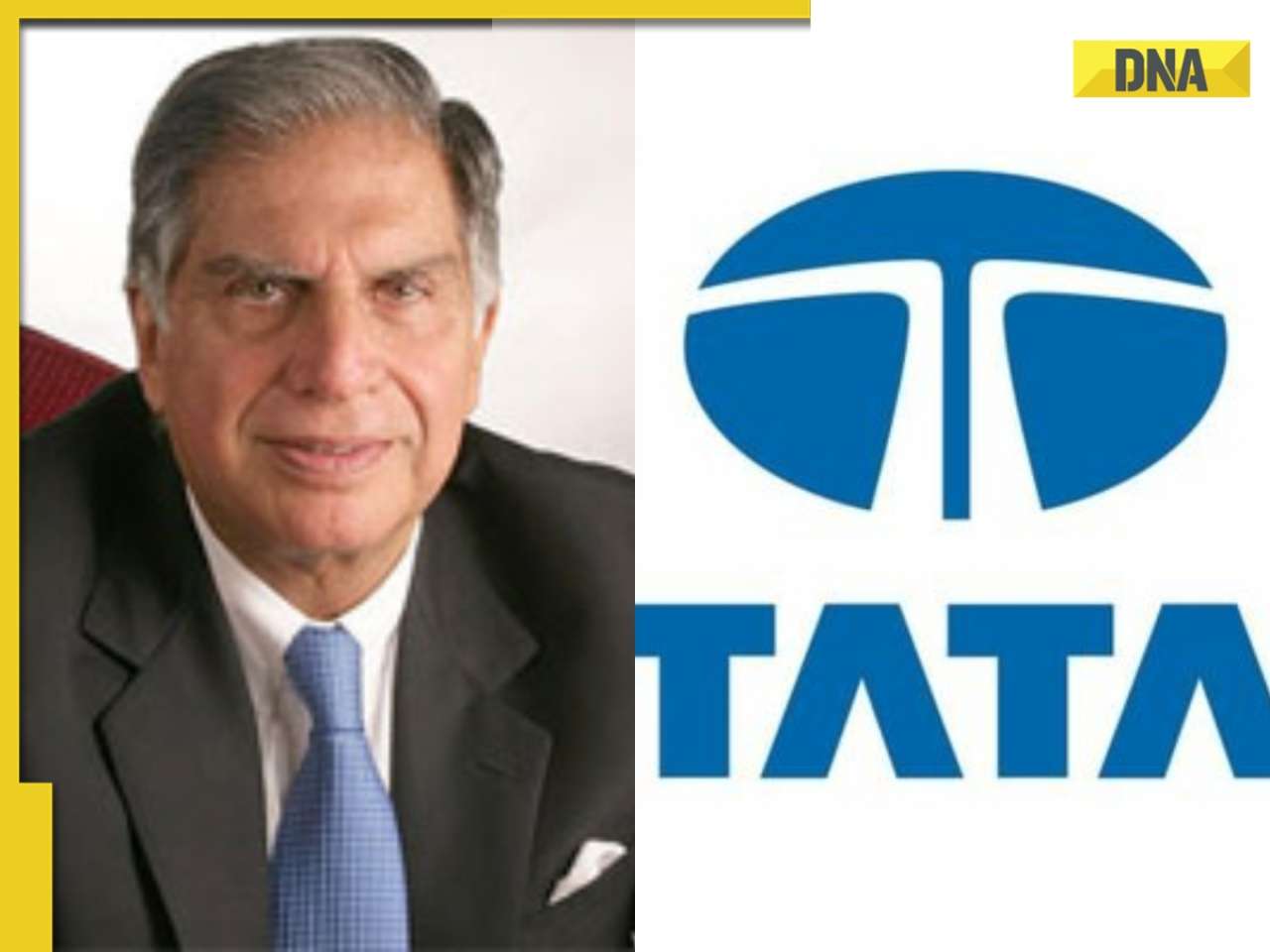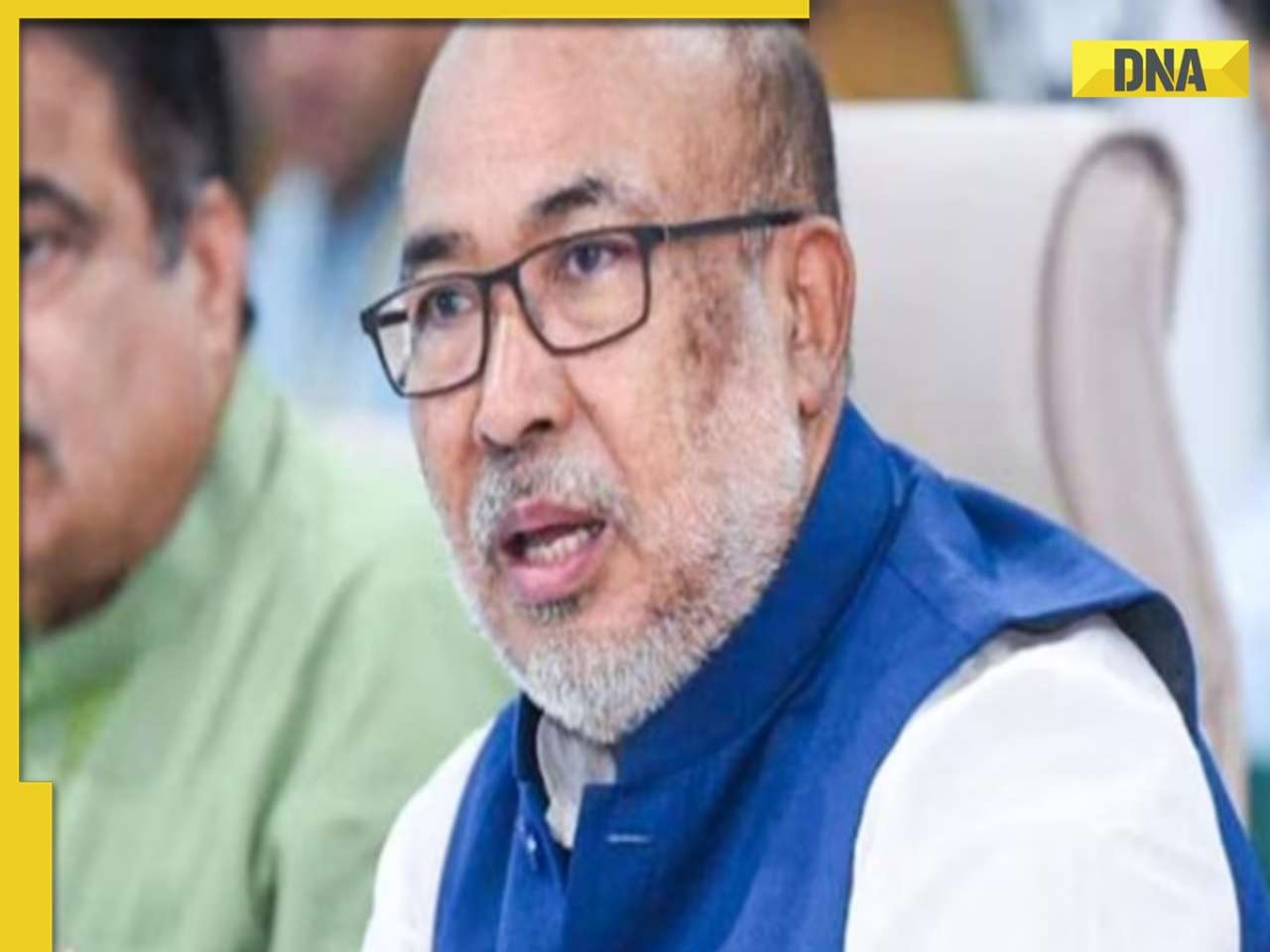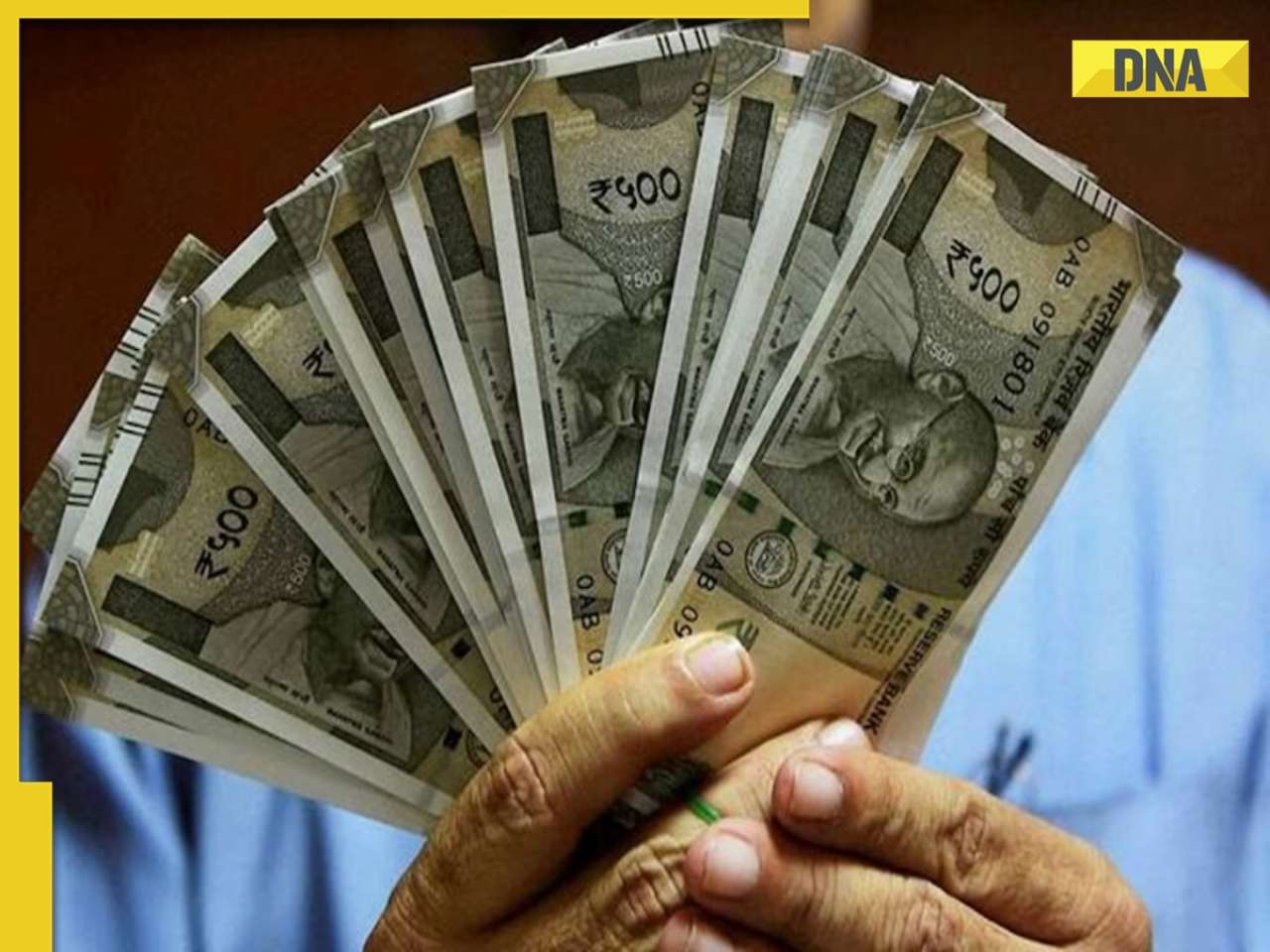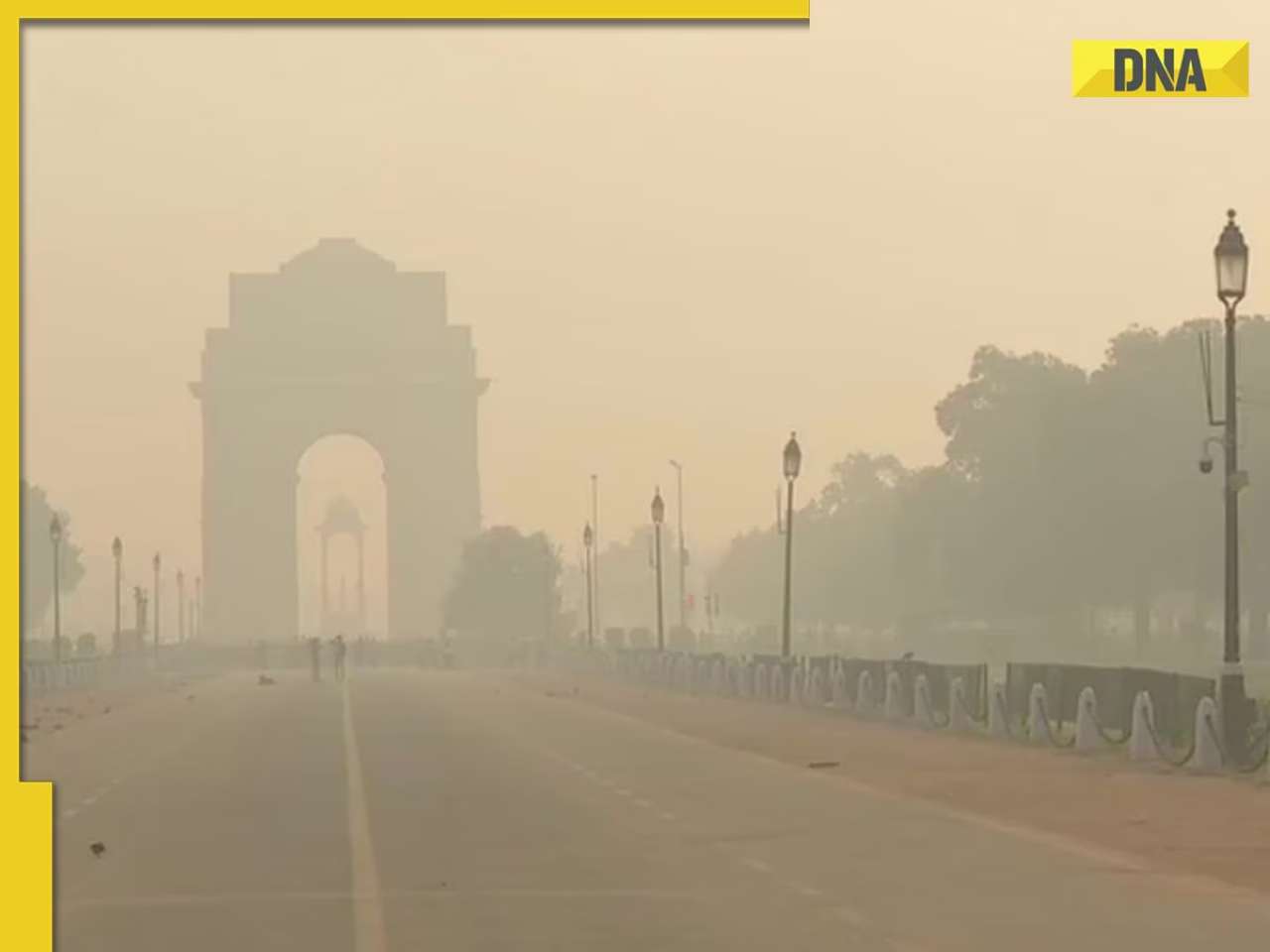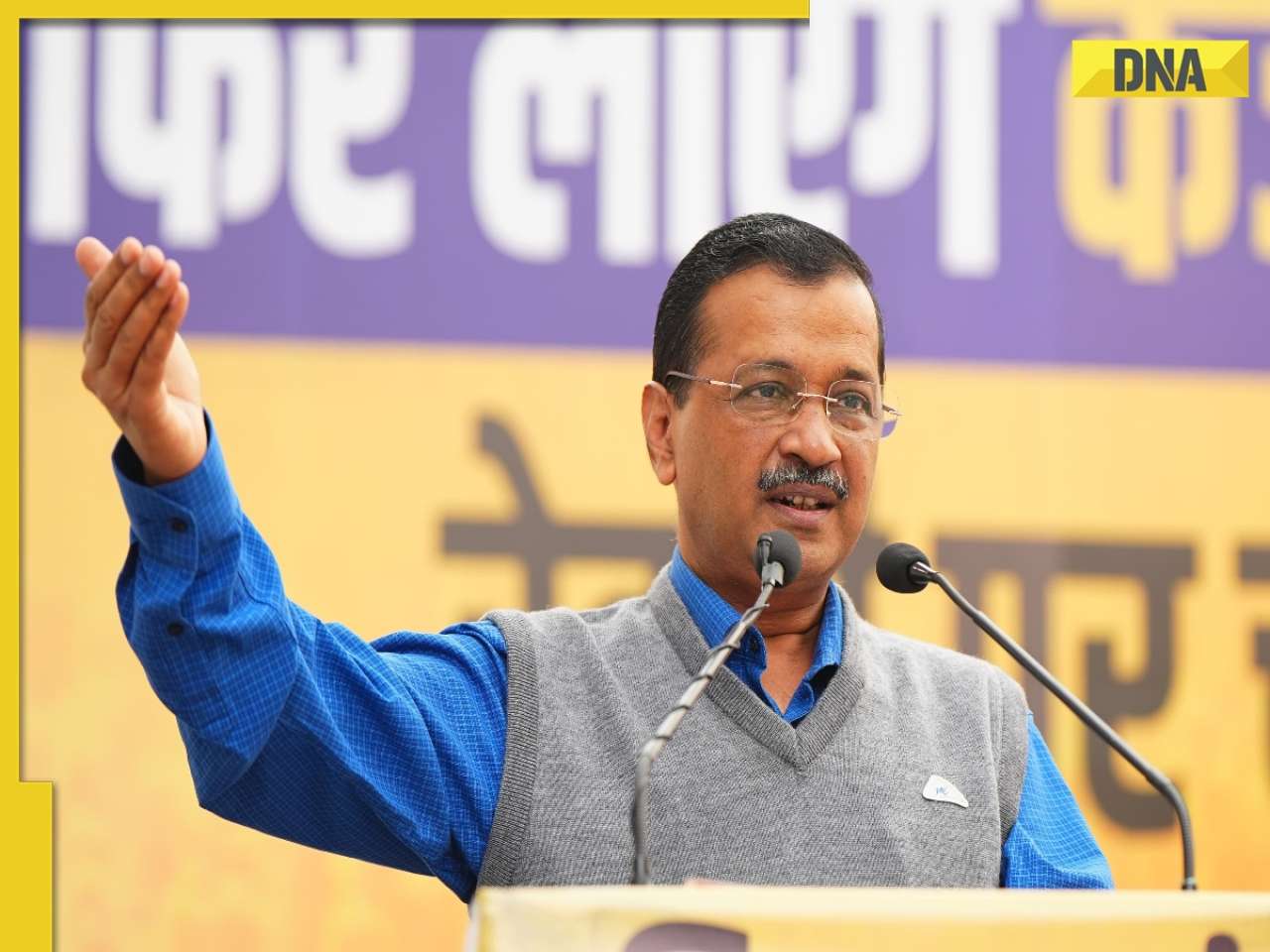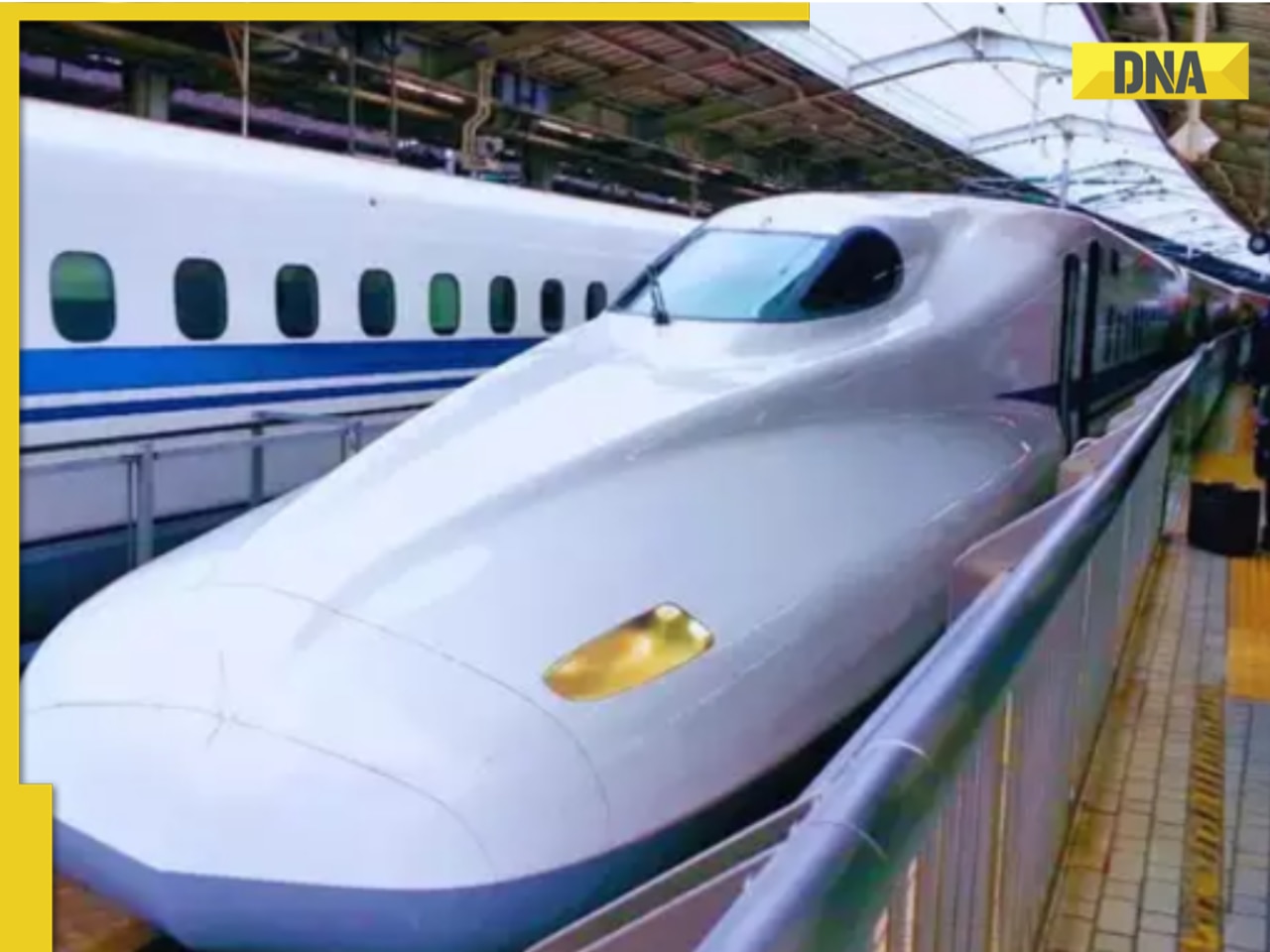- LATEST
- WEBSTORY
- TRENDING
ANALYSIS
The plane truth
Despite genuflections repeated over the decades since Independence towards achieving self-reliance in defence, over 70 per cent of India’s weapons systems are imported.
TRENDING NOW
Does India need to opt for such highly advanced airborne weapons systems?
Despite genuflections repeated over the decades since Independence
towards achieving self-reliance in defence, over 70 per cent of India’s weapons systems are imported.
Our future needs are estimated at around $50 billion over the next five years, increasing political dependence on external suppliers and making the question of expense hugely relevant for its economy
Consider the Request for Proposals (RFP) issued to procure 126 combat aircraft for the Air Force. They are likely to cost around $10 billion; this could go up if the cost of ancillary equipment and infrastructure is added — and become much more if the lifecycle costs of these weapons platforms are computed.
It is believed that the aircraft in the competition, like the F-18, Grippen and their Russian equivalents, would cost around $40-50 million each, while the Rafael and Typhoon would be about $80 million and $100 million apiece.
Only some 18 aircraft are to be procured in flyaway condition; the other 108 would be assembled and manufactured indigenously by Hindustan Aeronautics Limited (HAL).
Given routine cost overruns and inefficiencies distinguishing India’s defence public sector undertakings, the per-aircraft cost would be much higher.
It could also be expected that one or two aircraft will be routinely lost per 10,000 flying hours, due to what is termed ‘strike off wastage’, or accidents, in common parlance. The total bill therefore requires a very huge outlay.
What kind of future war would India be fighting where these aircraft might be used? And against its well-recognised adversaries, Pakistan and/or China? A state of nuclear deterrence exists — any major conventional conflict with them runs the risk of turning nuclear, leading to mutual destruction.
The Establishment’s response to this is that these aircraft are needed to deter even conventional conflict and ensure that, should it erupt, it would remain below the nuclear threshold.
Presumably the adversary, though irrational enough to start a conflict, would be rational enough to fight the putative war with only conventional weapons, but not raise the ante by going nuclear.
Revelations made recently that Pakistan had moved its nuclear assets during the Kargil conflict, when its intruding troops were in danger of being overwhelmed by the Indian forces, seriously questions this optimism.
Hence, arguments that high performance aircraft are needed to fight or deter a major conflict are seriously flawed, notably when the adversary happens to be a
nuclear weapons power.
Also, the high costs of military equipment are a function of their production run. High performance aircraft, for instance, are not manufactured in large numbers; hence, those produced need to be priced high to amortise the research and development costs incurred.
But another reason for high costs is the persistence of canonical beliefs in the military, which dictates that higher performance weapons platforms need to be
deployed, without appreciating that the weapon delivered serves the operational purpose. Take the main battle tank: much effort and expense is incurred to provide them greater speed and armour protection.
Less attention is paid to achieving ‘first-round hit probability’, or to equipping lightly armoured land vehicles with missiles that would add to their lethality, could be manufactured in greater numbers and at considerably lower expense.
These arguments are made in a challenging paper by Edward N Luttwak, Breaking the Bank: Why Weapons Are So Expensive in The American Interest. In the same vein, Luttwak questions the logic of aircraft carriers — huge, vulnerable and expensive — when manned aircraft and land-based missiles can perform their military functions at much less cost and risk.
He argues in favour of deploying cheaper unmanned aerial vehicles (UAVs) to perform several functions currently done by high performance combat aircraft and utilising mortars with guided bombs to replace field artillery.
He questions the logic of deploying vulnerable weapon systems like attack helicopters — large, noisy, helpless against ground and air attack — and amphibious landing craft — easily deterred by mining seashores against assault.
These arguments will not appeal to military establishments that are notoriously conservative. Each weapons system involves partisan constituencies in the armed forces.
The role of the political executive and defence bureaucracy therefore becomes vital to provide intellectual leadership required for undertaking basic reforms in the armed forces, rather than leave such decisions to the military.
Huge sums of public money are involved.
The writer is an expert on Indian defence and security issues

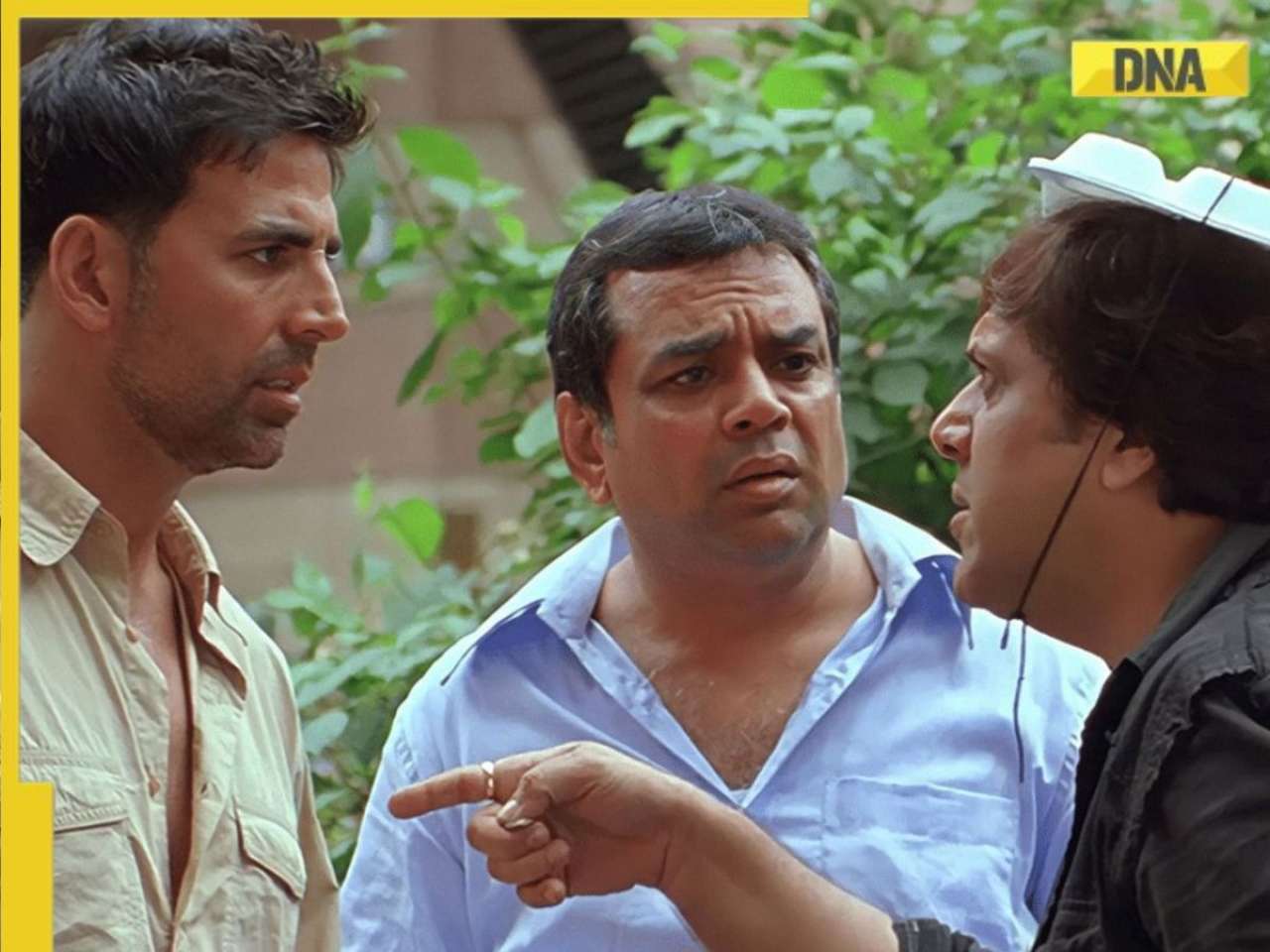






)
)
)
)
)
)
)
)
)
)
)
)
)
)
)







